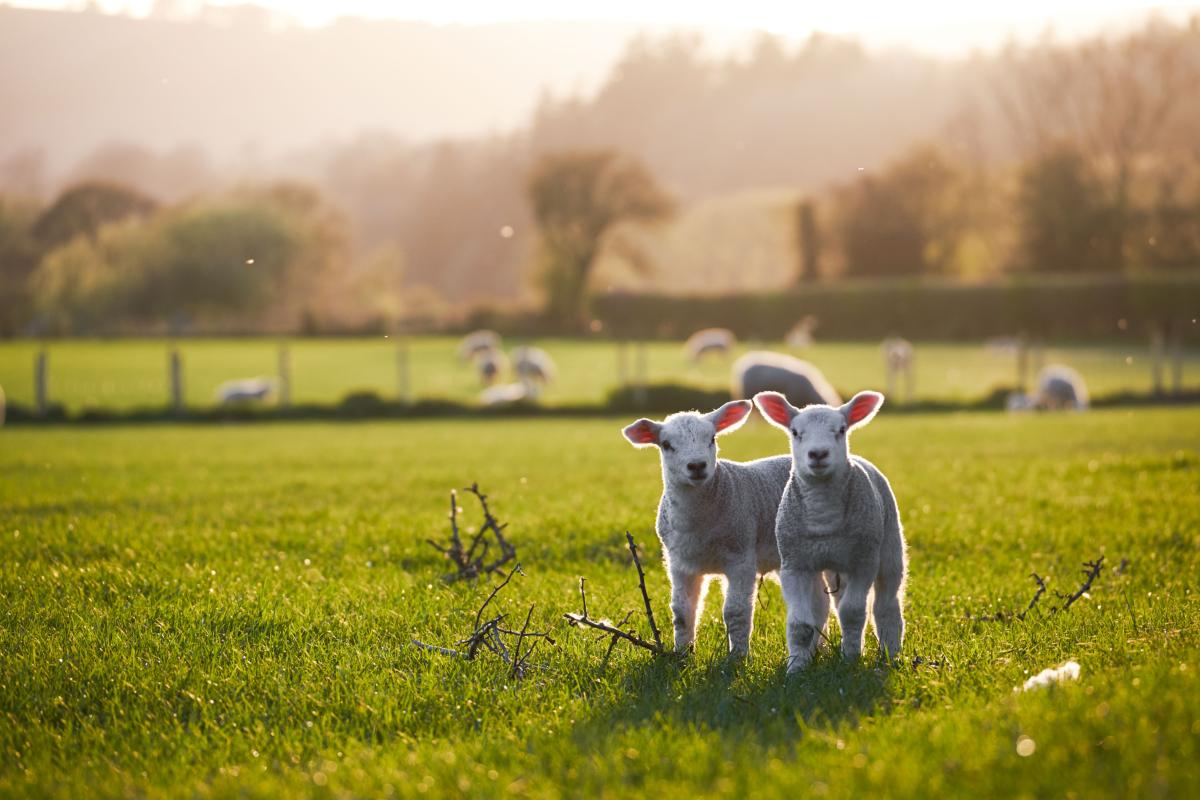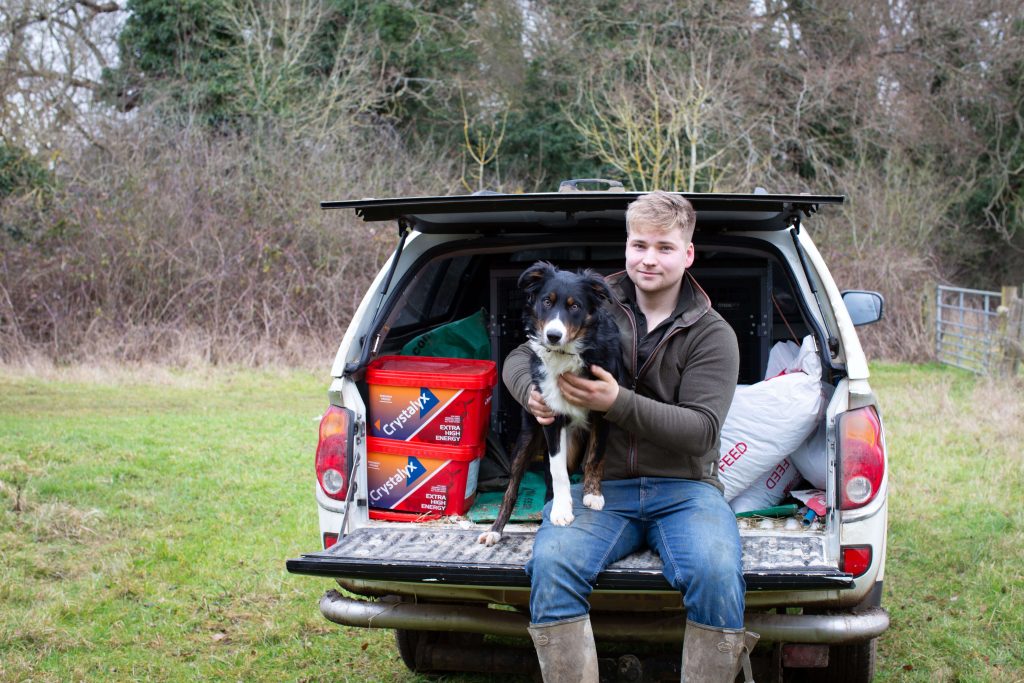
Spring is just around the corner and for many farmers that can only mean one thing, lambing! Many farmers have already started to prepare themselves for this crucial part of the farming calendar but what are the primary factors that need to be considered?
When is lambing season in the UK
The sight of lambs in fields up and down the country is a key indicator for many, a sign that spring has sprung and lambing has begun. For the majority of the United Kingdom lambing season begins in early spring, but can start as early as December, depending on the breed and location. Lots of ewes give birth to their lambs without any issue in the fields. But some ewes, especially first timers, will be brought into a lambing sheds to give birth, just in case they need a helping hand. This way farmers are on hand night and day to keep a close eye if there are any problems. Regardless of the approach, providing a clean, dry environment is critical to protect vulnerable newborn lambs.
What are the main focuses during lambing?
Farmers often establish a system for the rearing of lambs, such as an ad-lib ewe milk replacer feeder. This saves time and ensures better lamb growth rates. During a busy period, time saved from not bottle-feeding can be better used elsewhere! Read our blog 'Why Do You Need Ewe Millk Powder'.
During lambing season it is essential to focus on nutrition! The majority of fetal growth takes place during the last six weeks of pregnancy so it is essential that Farmers get their ewes nutrition spot on. Ewes should be grouped and fed according to scan results and blood samples should be taken from ewes to ensure their diet is providing the required energy and protein.
Lambing season is always busy, so Farmer do not want to take time out to have to pick up the little things when time can be better spent on the farm. Stock up on essentials! We have a wide range of lambing sundries and equipment. Explore the our range today! Don't forget, if you're within 50 miles of our store we offer FREE delivery on-farm.
Farmers also need to ensure that housing is ready for indoor lambing if needed. Sheds and barns will need to be cleaned and disinfected before bringing the animals inside. Top tip from our animal health experts: Use clean and dry bedding to reduce the risk of spreading infections. Finally avoid overcrowding your livestock! Otherwise, stress and disease issues can spiral out of control. If you need assistance with any animal health issues speak to one of our SQPs today.
A lambing plan
Have a clear plan in place, including contact information for your veterinarian in case of emergencies. It’s also helpful to set up a lambing calendar to track expected due dates and identify ewes that may need closer monitoring. If you have staff or family members helping, ensure everyone is familiar with lambing protocols. Provide training on spotting signs of labour, assisting births, and caring for newborn lambs.
Energy supplements for ewes
During lambing season, it is essential to focus on nutrition. The majority of fetal growth takes place during the last six weeks of pregnancy, so it is essential that Farmers get their ewes' nutrition spot on. Ewes should be grouped and fed according to scan results, and blood samples should be taken from ewes to ensure their diet provides the required energy and protein.
Ensure they are on a well-balanced diet tailored for late pregnancy, rich in energy, protein, and essential vitamins. Regularly check body condition scores and provide access to clean water and mineral licks. Loss of condition while pregnant will jeopardise placental development and reduce body reserves available for milk production.
Common lambing problems and diseases
While most births proceed without issues, be ready for complications such as malpresentations or weak lambs. Knowing when and how to intervene is key to minimizing losses. After birth, lambs need to receive colostrum within the first few hours. Monitor them closely for signs of illness or weakness, and ensure ewes bond with their lambs. Maintain good records of lambing outcomes to identify patterns and areas for improvement in future seasons.
- Lamb dysentery, caused by Clostridium perfringens type B, is a major concern in young lambs and can be fatal if untreated.
- Ewe mastitis, an infection of the udder, can lead to reduced milk supply and difficulties in feeding lambs.
- Hypocalcemia (milk fever) often occurs in ewes during late pregnancy or early lactation due to low calcium levels and can cause muscle tremors, weakness, or collapse.
- Pregnancy toxemia, resulting from energy imbalances in late gestation, is another critical issue, especially in ewes carrying multiple lambs.
- Navel ill and joint infections can occur if proper hygiene and umbilical cord care are not maintained.
Early identification and prompt veterinary intervention are essential to minimising the impact of these diseases during the lambing period. By taking these steps, you can approach lambing season with confidence, ready to provide the best care for your flock.
Lambing Checklist 2025
Having the best supplies for lambing on hand is essential. These should include lambing kits with gloves, lubricant, and iodine for dipping navels, colostrum replacer or supplements in case a lamb needs additional feeding support, bottles, teats, and a feeding tube for emergencies, a lambing rope for assisting difficult births, and heat lamps for keeping weak or premature lambs warm.
Have you seen our 2025 Lambing Checklist? We supply everything you need for a successful lambing season. In addition, if you spend over £250 ex VAT on lambing essentials and you will receive a FREE pair of StowAg branded waterproof trousers.

